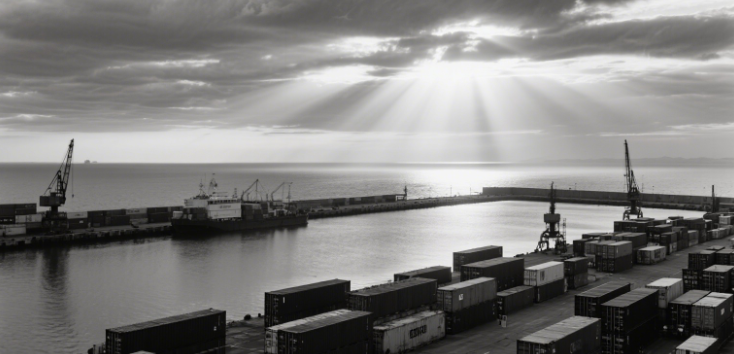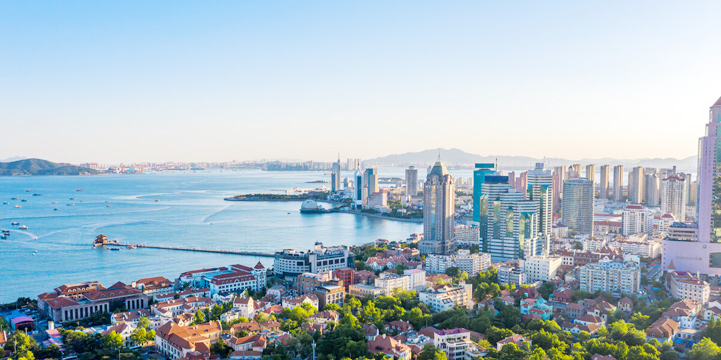
Recently, Portugal passed a national port plan called "PORTOS 5+" (2025-2035) with a total value of 3.97 billion euros (approximately 33.121 billion yuan), aimed at revitalizing the stagnant port throughput over the years and reclaiming the volume of goods taken by Spanish ports. This strategy has recently received approval from the Portuguese Council of Ministers.
According to this strategy, Portugal plans to increase the cargo throughput of major commercial ports over the next decade, with the goal of achieving a cargo throughput of 125 million tons (a 50% increase from 2023), container throughput of 6.5 million standard containers (a 70% increase), and passenger throughput of 3 million people (a 30% increase). The focus of this strategy is to attract new flows, including goods currently transported to Northern Europe by road and Portuguese goods using Spanish ports for transport.
Key measures of this strategy include improving sea-land transport, attracting more private investments, updating legal frameworks to promote investments, and fostering closer coordination among port management authorities, municipal authorities, and port communities. The core of this strategy lies in digitizing port operations, electrifying ports, and developing infrastructure to provide alternative fuels for ships.
According to sources, as part of this strategy, the Port of Leixões is set to launch a major transformation plan with an investment of 931 million euros. The investment plan for the Port of Leixões includes building a container terminal facility on the north breakwater, expanding and modernizing rolling facilities, developing railway terminals in Leixões and Gualtar, and modernizing general cargo and solid bulk cargo terminals. These investments will utilize advanced technologies, including new data centers, digital twin systems, and smart port solutions, to enhance efficiency and support the EU's decarbonization goals. These initiatives are expected to increase the annual throughput of the Port of Leixões, with cargo throughput reaching 20 million tons (a 35% increase) and container throughput reaching 1 million standard containers (a 40% increase).
